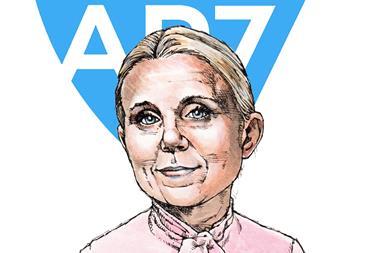SWITZERLAND - Six out of 10 second pillar Swiss pension funds are now underfunded, and at least a third have less than 90% of the assets to meet their funding requirements.
Data from the Swiss Federal Social Insurance Office revealed two-thirds of funds are now between 90% and 100% funded, but continuing uncertainty in the financial markets means officials are unlikely to push for a major restructuring of the scheme's risk and asset allocation strategies.
That said, schemes are required to act in some way, as they have until the summer to explain their financial positions to the pensions supervisory authority and advise how it may correct any funding shortfalls.
The body argued in a written analysis of the situation that members were themselves worried about the financial situation of the pension fund, but rather than wait for schemes to report in the summer, it will analyse activity as it happens given the "disconcertion" of the public through information delivered by pension funds and regional government supervisors.
According to the Swiss authorities, approximately 43% of schemes had a funding level of 100% or more, leaving approximately 57% to be underfunded. That figure had been 50% be the end of 2008.
A further breakdown of data showed at the end of 2008, at least 13.5% of schemes were less than 90% funded while 36.6% had 90-100% of the required funds. By the end of March 2009, however, the number of schemes under 90%-funded had increased to 17.8% and 38.9% were 90-110% funded.
There are still some pensionskassen with stronger funding positions, however, as 16% of schemes analysed had more than 100% of the required funding level and 27.3% had just over 100%.
Officials predict even if equity markets and overseas real estate markets improve by 10% annually over the next three years, at least 40% of schemes will still not reach fully funding again unless they completely rethink their risk and asset allocation strategies.
In contrast, should the markets fall another 10% within the next three years, this would lower the funding of pension schemes to approximately 50% and the number of schemes in deficit would rise to 80%.
One of the key issues the social security body is now watching is the conversion rate on investments and contributions for both men and women, as it argues the 7.05% for men and 7% for women is a high standard to achieve if pensions are to be financed fully.
It acknowledges this average net yield is possible though it is only really achievable through higher risk strategies, so the high return required of schemes is currently considered a threat to funding levels.
If you have any comments you would like to add to this or any other story, contact Julie Henderson on + 44 (0)20 7261 4602 or email julie.henderson@ipe.com












No comments yet